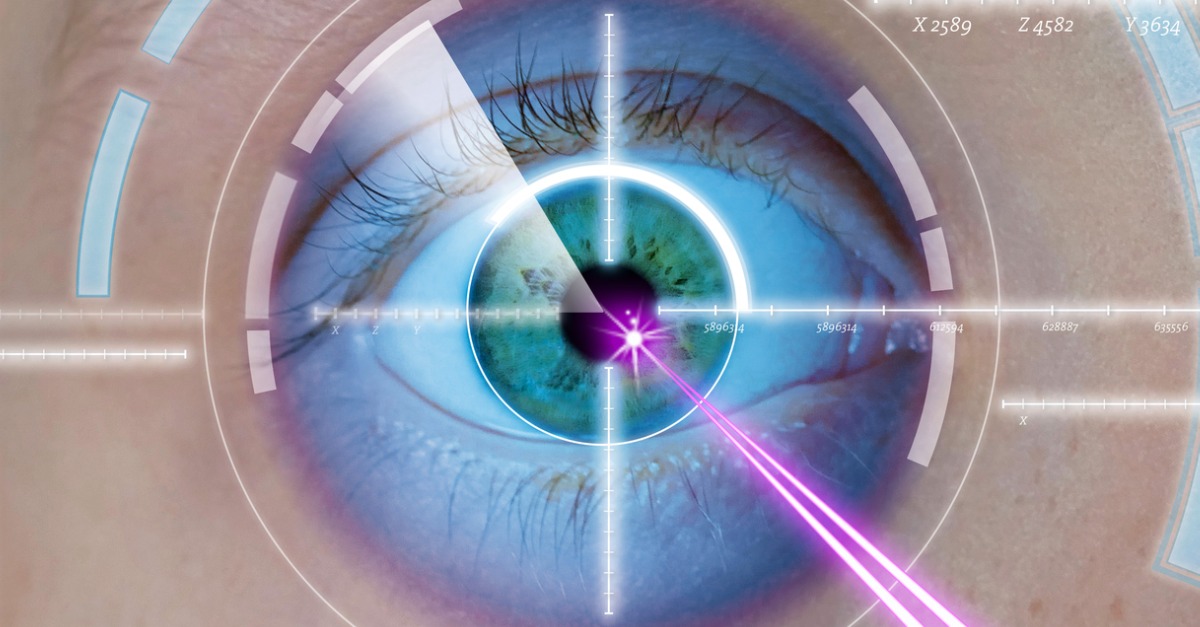Dealing with imperfect vision is often a lifelong challenge, and many people seek alternatives to glasses and contact lenses to make things a little easier. If you’re exploring alternate options, you’ve probably come across LASIK eye surgery. Understandably, the first thing most people want to know is whether the procedure hurts. Our team is here to help quell any fears you may have and break down the process, so you know exactly what to expect.
What Does LASIK Entail?
As the most common procedure for treating nearsightedness, farsightedness, and astigmatism, LASIK is performed hundreds of thousands of times across the U.S. each year. It addresses imperfections with the cornea, including the misshapenness that causes improper bending and focusing of light — known as refraction. During the procedure, the surgeon uses a laser to precisely reshape the cornea to change its focusing ability, thereby correcting the patient’s vision.
Does the LASIK Procedure Hurt?
To ensure you don’t feel any discomfort during your LASIK procedure, our surgeons first administer anesthetic drops to numb the eye. You’ll remain awake during the process, so you won’t experience any grogginess or other side effects that can come with general anesthesia. While patients don’t have any pain during the surgery, some report the sensation of light pressure.
As the reshaping is being performed, you may experience dim or blurred vision. If a laser is used, you may be asked to stare at a light to keep your eye steady as the laser activates. Typically, you’ll only be asked to stare at the light for up to 60 seconds. The laser will pulse and make a clicking sound as it shapes the tissue.
Once the procedure is complete, a shield will be placed over your eye to promote healing. It should prevent you from accidentally rubbing the eye or putting pressure on the area during sleep.
Will My Eyes Hurt After LASIK?
Some patients describe mild discomfort such as itching, burning, or feeling as if there’s something in the eye after LASIK, but pain isn’t a common symptom. Although pain could occur with an infection, practicing proper aftercare will help you avoid this risk. You’ll be asked to visit the practice again for your follow-up visit shortly after your procedure, at which point your shield will be removed. You’ll be given eye drops to alleviate any inflammation, along with thorough instructions for temporary restrictions on physical activity and the use of cosmetic products.
Although your sight may be slightly hazy immediately after LASIK, most patients notice improved vision quickly. In the days following your procedure, your vision should continue to improve, though it’s possible to begin feeling comfortable with your new vision within several hours. If the blurred vision immediately after LASIK makes you uncomfortable, consider shutting your eyes for some time.
If you think you might be a good candidate for LASIK, allow our team to help. Our leading eye surgeons have performed more than 100,000 vision restoration surgeries. Find out about our LASIK procedure by requesting an appointment online or by calling (404) 351-2020.

